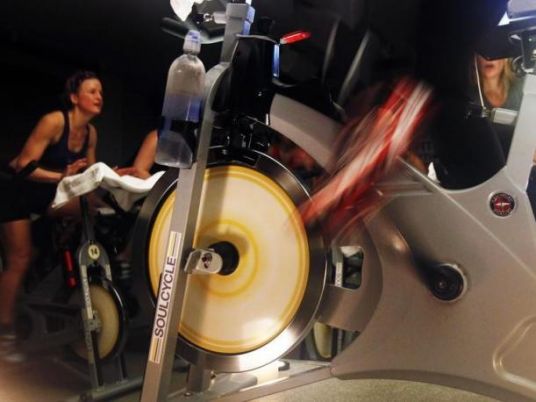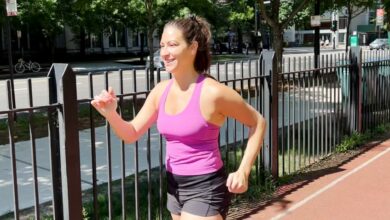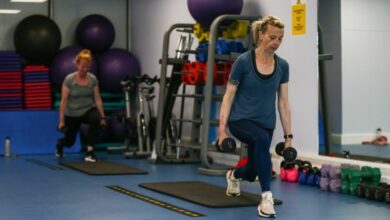
Spinning class is one situation in which forward progress could be all about moving backwards, according to a recent study published by the American Council on Exercise (ACE).
It might sound a bit, um, contrary, but the research team says that pedaling backward could be beneficial for cyclists, changing the way the leg muscles are stimulated just as marathoners benefit from working sprints into training sessions and weight lifters benefit from minute changes in barbell grip.
In the study, the research team selected the Cascade CMXRT recumbent exercise bike ($2,195) because its design makes for a ride that closely resembles the feel of outdoor cycling.
Working with 16 healthy volunteers, of which eight were men and eight were women, the research team conducted two experiments.
In the first, they set out to evaluate how pedaling backward affected heart rate (HR), oxygen consumption (VO2) and calories burned compared with pedaling forward.
They started out by a practice session to introduce volunteers to the bike. Then, in the first experiment, volunteers completed six five-minute intervals of submaximal exercise — meaning that intensity usually does not exceed 85 percent of maximum heart rate.
Half of the intervals involved pedaling forward and the other half involved pedaling backward and a two-minute rest was permitted between intervals of the same direction; the research team monitored HR and VO2 continuously.
Half of the volunteers pedaled forward first and then switched to backward after a ten-minute rest, the other half did the opposite and everybody's workload progressed from baseline.
The second experiment followed the same format of the first, yet it was designed to determine whether pedaling direction engages different muscles or the same and volunteers were attached to electromyography (EMG) machines.
Backwards could put you ahead of the game
Cycling backward produced a significantly higher HR by eight beats per minute, on average, and VO2 and calorie expenditure increased significantly when volunteers pedaled in the reverse sense.
EMG data says three frontal quadriceps muscles were significantly more active by as much as 17.5 percent when pedaling backward, although other muscles observed — in the calves, backs of the thighs and buttocks — showed no significant differences in activity.
No differences were observed between male and female volunteers for either experiment.




